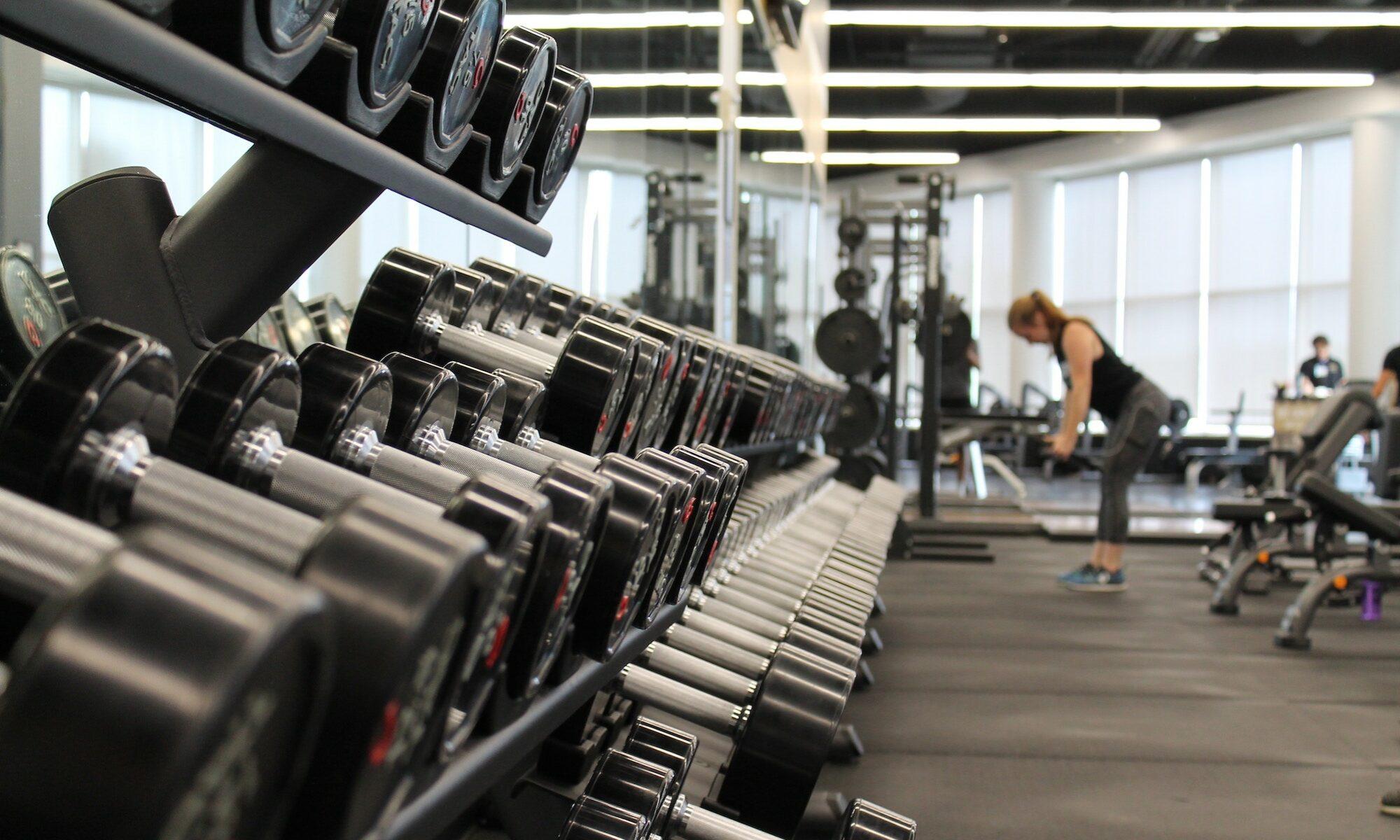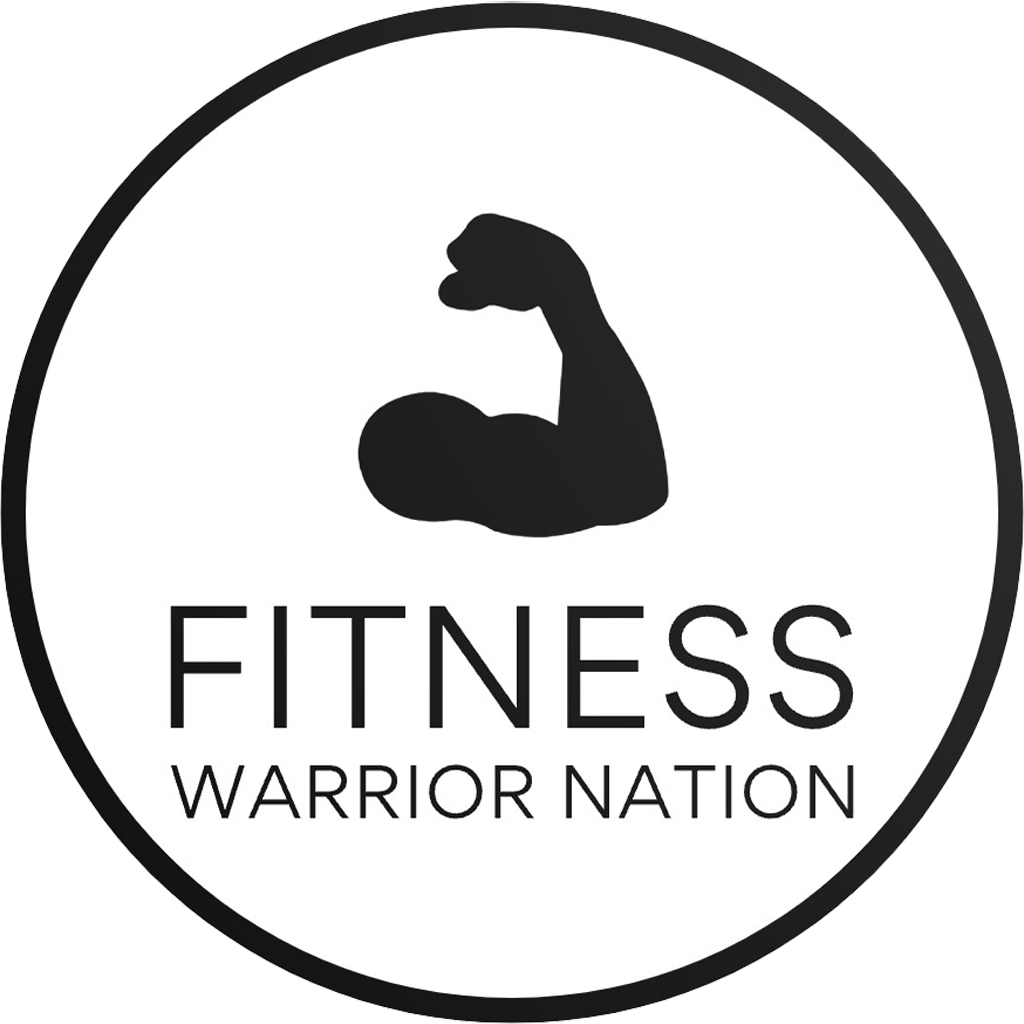Understanding your fitness level at any stage of life is essential to building a healthier, more vibrant version of yourself. Whether you are in your twenties or your eighties, simple and effective methods can provide clear insights into your physical capabilities and guide improvements. Adapting fitness assessments that suit your unique age and lifestyle can propel you towards achievable goals — enhancing strength, endurance, and overall well-being. This article explores accessible techniques to test your fitness and strategic tips to boost it, utilizing popular tools and methods embraced in 2025 by experts and fitness enthusiasts alike.
Practical Fitness Assessments to Measure Your Strength, Endurance, and Balance
First and foremost, knowing how to evaluate your fitness level is crucial for creating a tailored workout plan that delivers results and prevents injury. Fitness is multidimensional, incorporating muscular strength, cardiovascular endurance, flexibility, and balance — all vital elements for daily life and longevity. The foundation of any good assessment begins with simple tests you can perform at home or in a fitness center without excessive equipment.
One of the easiest ways to check lower-body strength is the sit-to-stand test. This measures how many times you can get up from sitting on a chair to standing without using your hands within 30 seconds. This test is not only quick but also reliable in indicating functional leg strength, especially important for older adults to maintain mobility.
For upper-body strength, a basic push-up or modified wall push-up test can gauge your arm and chest muscle endurance. You can count how many push-ups you can perform continuously with proper form as a benchmark.
Assessing cardiovascular endurance might involve timing yourself on a short-distance run, such as a 1.5-mile jog, or using a brisk walking test over a six-minute period to measure distance covered.
Balance and flexibility can be assessed through various exercises like single-leg stands or reaching forward while seated. These tests are integral for fall prevention and maintaining independence as we age.
- Sit-to-Stand Test: Number of stands in 30 seconds
- Push-Up Test: Number of continuous push-ups
- 1.5-Mile Run/Walk: Time taken
- Balance Test: Seconds standing on one leg
- Flexibility Test: Reach distance while seated
| Fitness Component | Practical Test | Key Focus |
|---|---|---|
| Lower-body strength | Sit-to-Stand | Leg muscle endurance and functional mobility |
| Upper-body strength | Push-up | Arm and chest muscular endurance |
| Cardiovascular endurance | 1.5-Mile Run or 6-Minute Walk | Heart and lung stamina |
| Balance | Single-leg Stand | Postural stability and fall prevention |
| Flexibility | Seated Forward Reach | Joint and muscle elasticity |
Utilizing these simple assessments regularly helps establish a baseline and tracks progress, motivating consistent improvement. Technology also plays a helpful role in self-assessment. Devices like Fitbit or apps such as MyFitnessPal can monitor activity levels, heart rate variability, and calorie expenditure, providing detailed feedback to complement physical tests.
Embracing Smart Technology and Apps to Optimize Your Fitness Journey
Fitness has entered a digital era where sophisticated yet user-friendly applications and wearable gadgets allow people to personalize and enhance their workouts efficiently. In 2025, leveraging technology like Peloton, Nike Training Club, or Aaptiv can revolutionize how individuals engage with fitness, offering guided workouts, live classes, and progress tracking at their fingertips.
Wearables such as Fitbit and Jawbone monitor heart rate zones, steps, and sleep quality, providing insights essential for recovery and performance. Integrating this technology helps identify periods when your cardiovascular system is challenged and when more rest might be needed.
Apps like MyFitnessPal enable detailed nutrition logging, which is a cornerstone for fitness improvement. When paired with exercise tracking, understanding caloric intake versus expenditure leads to more effective fat loss or muscle gain strategies. Additionally, Strava’s social platform inspires healthy competition with friends or the broader community, boosting motivation.
- Peloton & Nike Training Club: Guided workouts for strength and cardio
- Fitbit & Jawbone: Continuous physiological data tracking
- Aaptiv: Audio coaching for various fitness levels
- MyFitnessPal: Comprehensive nutrition and exercise logging
- Strava: Social motivation and route tracking for runners and cyclists
- BodyBoss & Fitness Blender: At-home workout plans with minimal equipment
- Workout Buddy: Encourages accountability with paired fitness goals
| Tool/App | Main Feature | Ideal For |
|---|---|---|
| Fitbit | Activity & heart rate monitoring | Daily fitness tracking and health insights |
| Nike Training Club | Varied training programs and coaching | Strength, cardio, and flexibility |
| Peloton | Interactive cycling and multisport classes | Motivated home exercisers |
| MyFitnessPal | Calorie and nutrition tracking | Weight management and dieting |
| Strava | GPS route tracking and challenges | Outdoor runners and cyclists |
Making the most of these platforms requires recognizing your fitness objectives — whether it’s improving balance in later years, building muscle for daily function, or enhancing endurance for active hobbies. You might combine BodyBoss home workouts with tracking on a Fitbit device to gain a comprehensive picture of your fitness evolution, right in your living room.
These advancements democratize fitness by making expert knowledge accessible, providing exercise modifications suitable for all ages, and encouraging steady engagement in physical activity.
Key Lifestyle Changes to Sustain Fitness and Promote Healthy Aging
Physical fitness is more than exercise — it encompasses lifestyle choices that safeguard your body’s strength and resilience over time. Fitness coach Karl Henry’s analogy of treating your body like a car needing regular maintenance perfectly encapsulates this notion. In practice, this means scheduling routine health checks, addressing minor pains with professional care, and consciously increasing daily movement.
Simple alterations can yield remarkable effects. For example, opting for stairs instead of lifts, parking further away to increase walking distance, or integrating short movement breaks during sedentary work hours. These small, consistent actions stimulate muscle engagement and cardiovascular health without extensive time commitments.
Dietary habits complement physical activity for effective fitness preservation. Balanced nutrition rich in protein, healthy fats, and essential vitamins supports muscle retention and bone density—particularly important for countering age-related degeneration.
- Regular health screenings: Blood tests and physiotherapist visits to catch and address issues early
- Daily movement integration: Taking stairs, walking more, standing breaks
- Weight-bearing exercises: Resistance training to maintain muscle and bone health
- Proper nutrition: Protein intake, calcium, vitamin D for bone strength
- Consistent hydration and sleep: Critical for recovery and sustained performance
| Lifestyle Habit | Impact on Fitness | Age Consideration |
|---|---|---|
| Physiotherapist visits | Prevents injury and treats niggling pains | Important at all ages, essential with age |
| Weight-bearing exercises | Maintains muscle mass and bone density | Critical post-40 years |
| Increased daily movement | Boosts metabolism and functional strength | Effective for all age groups |
| Balanced nutrition | Supports muscle preservation and energy | Vital during aging |
| Hydration and sleep | Promotes recovery and cognitive function | Universal necessity |
Maintaining awareness of these habits alongside regular fitness assessments elevates your likelihood of not just living longer but thriving throughout those years. Resources like the Fitness Strategies for Late Starters provide excellent guidance for individuals embracing fitness irrespective of age.
In-Depth Body Composition Monitoring as a Pillar of Fitness Progress
Beyond muscle strength and cardiovascular capacity, body composition — the ratio of fat to lean mass — is a crucial fitness indicator often overlooked. With age, body fat tends to increase while muscle mass declines, a phenomenon called sarcopenia, which can impair mobility and increase disease risk.
Modern techniques like the DXA scan provide precise scans for bone density and soft tissue measurements. DXA is considered the gold standard for assessing osteoporosis risk, especially prevalent among women over 50. Alternatively, smart scales available for home use deliver reasonable approximations of body fat percentage and muscle mass, contributing to regular monitoring without costly clinic visits.
Understanding these metrics empowers you to make informed decisions about your training — ensuring your strength workouts target muscle growth and your cardiovascular regimen supports fat management.
- DXA scans: Accurate body composition and bone density analysis
- Smart scales: Convenient at-home tracking of muscle versus fat percentage
- Regular measurement: Enables timely adjustments to workout programs
- Bone health focus: Prevents fractures and long-term disability
- Customized fitness tweaks: Balances cardio and resistance for optimal results
| Method | Measures | Pros | Cons |
|---|---|---|---|
| DXA Scan | Fat mass, lean mass, bone density | Highly accurate, detailed analysis | Costly, requires clinic visit |
| Smart Scale | Fat percentage, muscle mass estimate | Affordable, accessible at home | Less precise, affected by hydration |
Keeping body composition data alongside fitness test results from steps like push-ups and balance tests helps paint a comprehensive picture of your health journey. Many fitness programs now integrate this approach, combining tools like Fitness Blender and BodyBoss workouts with body composition goals to maximize results.
Balancing Motivation and Progress with Sustainable Fitness Programs
One of the biggest keys to continual fitness improvement is staying motivated. Tracking tangible progress offers the fuel needed to maintain effort even when challenges arise. Karl Henry, a renowned fitness coach, emphasizes checking baseline levels every few months to celebrate achievements and realign goals — a powerful motivator.
Finding a Workout Buddy through tools like social fitness apps or local groups can add accountability and fun. Support networks increase adherence to routines and encourage trying new workouts safely.
Moreover, well-constructed fitness programs from platforms like Nike Training Club or Fitness Blender provide adaptable sessions designed for different fitness levels and accommodate aging bodies with low-impact options. This flexibility respects individual capabilities and helps avoid injury.
- Regular baseline reassessment: Track improvements and adjust workouts
- Find a workout partner: Increase motivation and accountability
- Use adaptive fitness programs: Customize workouts per age and ability
- Set realistic, incremental goals: Avoid burnout and injuries
- Celebrate milestones: Sustain enthusiasm over the long term
| Motivation Strategy | Benefit | Example Tools |
|---|---|---|
| Baseline Testing | Objective progress tracking | Sit-to-stand test, push-ups, Fitbit tracking |
| Workout Buddy | Social support and accountability | Workout Buddy app, local fitness groups |
| Adaptive Programs | Safe, enjoyable training | Nike Training Club, Fitness Blender |
| Incremental Goals | Improved adherence | Customized workout plans |
Ultimately, the fusion of simple fitness assessments, body composition monitoring, smart tech, lifestyle changes, and motivational strategies enables everyone — regardless of age — to take control of their health. For those interested in specialized fitness journeys or detailed info, the Joseph Baena Fitness Journey offers inspiring insight into how dedication transforms results.


